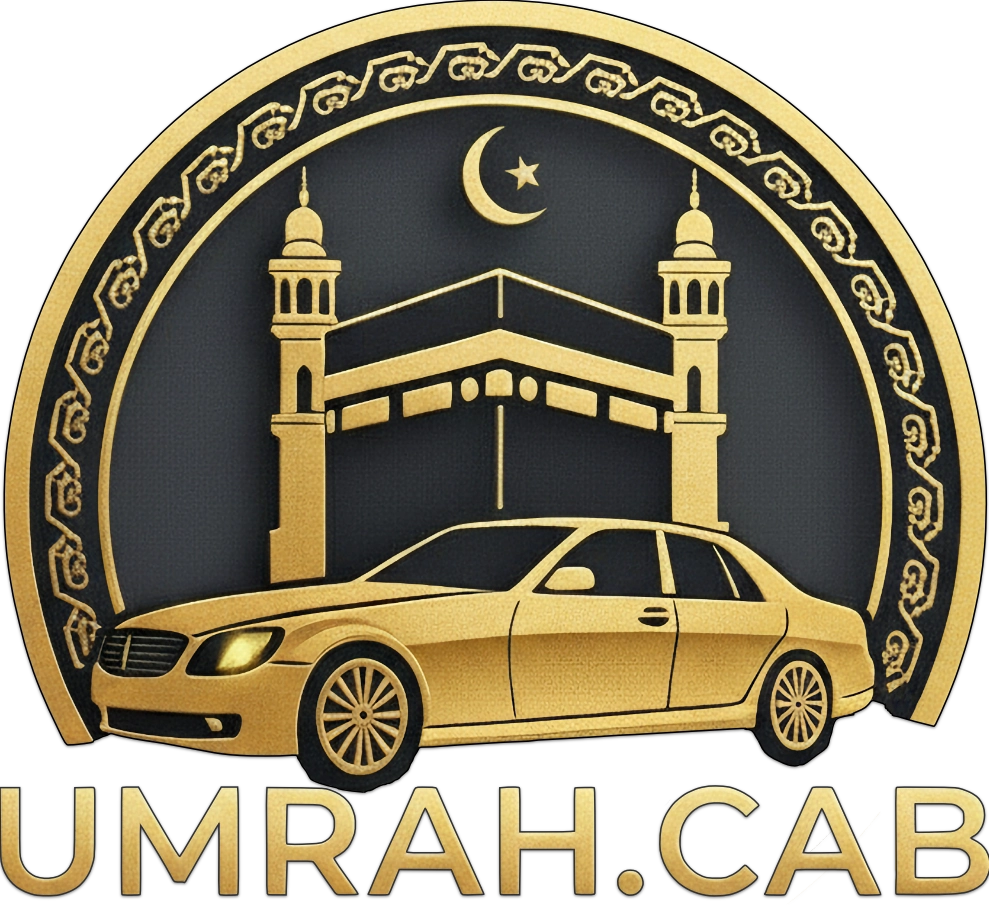A Pilgrim’s Guide to Hajj
Hajj is the sacred pilgrimage performed by Muslims to the Holy City of Makkah. It is the fifth and final pillar of Islam, representing the pinnacle of a believer’s spiritual life. This guide provides a comprehensive overview of the rituals, significance, and logistics of this profound journey.
Understanding Hajj
Hajj is a deeply spiritual, emotionally intense, and physically demanding undertaking. Unlike Umrah (the minor pilgrimage), Hajj has specific characteristics:
-
✓Hajj is Fardh (obligatory) once in a lifetime for every Muslim who is physically, mentally, and financially capable of the journey.
-
✓Hajj can only be performed during specific days of the Islamic calendar, from the 8th to the 12th or 13th of Dhul Hijjah.
-
✓Hajj is a complete purification of the soul. It commemorates the trials and triumphs of Prophet Ibrahim (AS), his wife Hajar (RA), and their son Ismail (AS). It is also a powerful display of Muslim unity, where millions from every corner of the globe gather in the same place, wearing the same clothes, performing the same rituals.
The Spiritual Significance
“Whoever performs Hajj for the sake of Allah and does not utter any obscene speech or do any evil deed, will go back (free of sin) as his mother bore him.”
Hajj is often described as a rehearsal for the Day of Judgment, where everyone stands equal before Allah (SWT), seeking only His mercy and forgiveness.
The Three Types of Hajj
Pilgrims can choose one of three ways to perform Hajj. All are valid, but the sequence of rituals and Ihram differs slightly:
Hajj al-Tamattu’
The most common type. The pilgrim performs Umrah first, exits Ihram, and then re-enters Ihram for Hajj rituals. This requires an animal sacrifice.
Hajj al-Qiran
The pilgrim intends both Umrah and Hajj simultaneously and remains in Ihram until the Day of Eid. This also requires an animal sacrifice.
Hajj al-Ifrad
The pilgrim enters Ihram intending only Hajj. No animal sacrifice is required for this type.
The Step-by-Step Guide: The Days of Hajj
Preparation: Ihram
The State: Pilgrims perform Ghusl (ritual bath) and don the Ihram attire.
Intention (Niyyah): Make the intention for Hajj.
Talbiyah: Begin reciting the Talbiyah frequently: “Labbayk Allahumma Labbayk…”
(Yawm al-Tarwiyah)
(Yawm al-Arafah – The Pinnacle of Hajj)
Destination: Arafat. After Fajr, pilgrims travel to the plains of Arafat.
The Activity (Wuquf): Spend the entire day in Arafat, from midday until sunset, in intense supplication (Dua) and seeking forgiveness.
Destination: Muzdalifah. After sunset, pilgrims depart for the open plain of Muzdalifah, pray, and sleep under the open sky, collecting pebbles for Rami.
(Yawm al-Nahr / Eid al-Adha)
Rami (Stoning): In Mina, stone the largest pillar, Jamarat al-Aqaba, with seven pebbles.
Nahr (Sacrifice): The animal sacrifice is performed.
Halq or Taqsir: Men shave or trim their hair; women trim a small amount.
Tawaf al-Ifadah: Travel to Makkah for the main Hajj Tawaf and Sa’ee.
Return to Mina: Pilgrims return to their tents in Mina for the night.
(Ayyam al-Tashreeq)
The Activity: Stay in Mina. Each day, after midday, perform Rami (stoning) of all three Jamarat pillars.
Departure: After stoning on the 12th, pilgrims can leave Mina for Makkah before sunset.
Conclusion of Hajj: Tawaf al-Wida
The Final Act: Before leaving Makkah permanently, pilgrims must perform a final Farewell Tawaf (seven circuits of the Kaaba).
Planning Your Hajj: Logistics and Costs (As of Late 2025)
Hajj requires extensive planning, significant financial investment, and patience. Hajj packages are typically 20 to 40 days long. Hajj must be booked through government-approved organizers.
Estimated Costs (From Pakistan Context – For Hajj 2026)
Disclaimer: These are general estimates in Pakistani Rupees (PKR). Prices fluctuate significantly.
Government Scheme
PKR 1.1M – 1.4M+
Private Economy
PKR 1.5M – 2.0M
Private Executive
PKR 2.0M – 4.0M+
What to Pack: Essential Hajj Checklist
Documents & Health
- •Passport, Visa, Hajj ID Card
- •Vaccination certificates
- •Comprehensive first-aid kit
- •Personal medications & electrolytes
Clothing & Attire
- •Ihram (at least two sets)
- •Comfortable walking shoes/sandals
- •Lightweight, modest clothing
- •Small backpack or waist pouch
Worship & Essentials
- •Pocket Quran and Dua books
- •Tasbeeh (prayer beads)
- •Lightweight prayer mat
- •Pebble bag for Rami
Hajj Specifics
- •Unscented toiletries (for Ihram)
- •Travel adapter and power bank
- •Reusable water bottle
- •Sunglasses and a small towel
The Journey of a Lifetime
Hajj is a transformative experience. It requires sacrifice, immense patience (Sabr), and complete focus on your relationship with Allah (SWT). Embrace the challenges, support your fellow pilgrims, and return with a purified heart.
How Umrah.cab Supports Your Hajj Journey
While the core movements between Mina, Arafat, and Muzdalifah are managed by your Hajj group, Umrah.cab provides essential private transportation for airport transfers, Ziyarat tours, and Makkah-Madinah travel. Focus on your Ibadah, and let us handle the roads safely and comfortably.
Book Your Hajj Transportation Services Now


